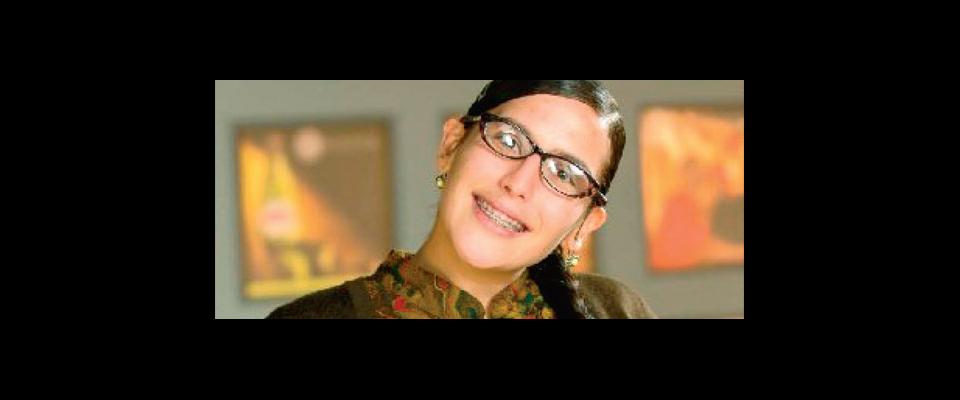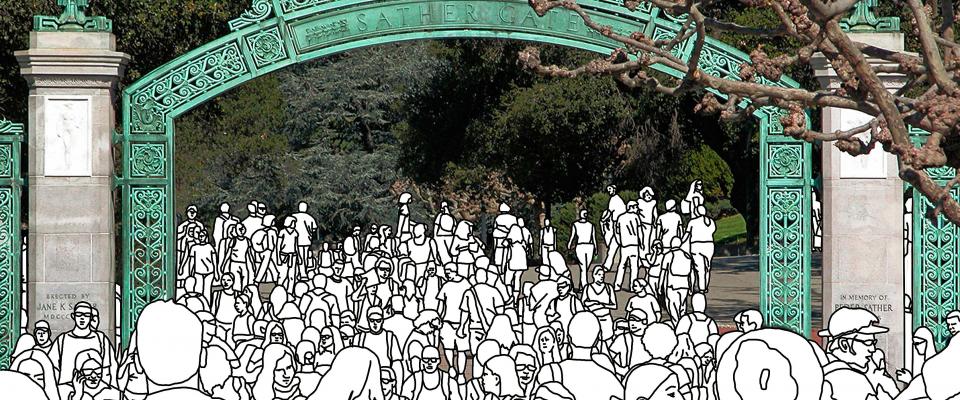On June 30, 1993, Carlos A. Fernandez, a lawyer and activist from San Francisco, California, testified before the House on behalf of the Association of MultiEthnic Americans, an organization whose goal was “to promote a positive awareness of interracial and multiethnic identity.” Fernandez proposed that Directive No. 15, the federal government’s guidelines for categorizing Americans by race and ethnicity, be “changed in order to allow the accurate counting of multiracial/ethnic people.”
In an essay a year earlier, Fernandez, the son of a Mexican father and an Anglo mother, had speculated that the greatest contribution that Mexican Americans would give to America was “the reshaping of our attitudes about race and especially about race mixture.” He believed that the adoption of the Latin American concept of mestizaje—racial and cultural synthesis—would help Americans deal more effectively with the nation’s growing diversity. According to Fernandez, official acknowledgment of intermediate racial categories would be a “crucial step” in “breaking down traditional lines of social separation” and potentially provide “the basis for a unifying national identity.”
Fernandez’s testimony and the lobbying of the Association of MultiEthnic Americans were instrumental in encouraging the federal government to allow Americans to identify themselves as members of more than one race on the 2000 census questionnaire. Fernandez was not the only Mexican-American intellectual to embrace Mexico’s mixed racial and cultural heritage and to weigh its effect on both Mexican-American identity and U.S. society. In 1970, during the high point of the Chicano Movement, Ernesto Galarza warned activists of the pitfalls of defining themselves too narrowly both culturally and politically. “To me the notable thing [about the conquest of Mexico] is that the indigenous Mexican survived and multiplied until he put his genetic and cultural stamp on the mixed society that emerged. But this is not altogether what the [Chicano] activists are emphasizing currently. Out of the period of servitude they abstract something else, the brand of bondage, ‘We are a conquered people,’ they are saying.” Galarza knew that the rhetoric of ethnic separatism carried with it “an insidious danger” of becoming “the very racism” that Chicano activists were combating.
Perhaps the most eloquent explorations of the meaning of mestizaje for both Mexican Americans and U.S. society were published in the 1990s. In 1992, essayist Richard Rodriguez reinterpreted the Indians’ role in the conquest of Mexico as triumphant: “The Indian stands in the same relationship to modernity as she did to Spain—willing to marry, to breed, to disappear in order to ensure her inclusion in time; refusing to absent herself from the future. The Indian has chosen to survive, to consort with the living, to live in the city, to crawl on her hands and knees, if need be, to Mexico City or L.A. I take it as an Indian achievement that I am alive, that I am Catholic, that I speak English, that I am an American. My life began, it did not end, in the sixteenth century.” Rodriguez also turned Chicano-era racial rhetoric on its head by declaring that “the essential beauty and mystery of the color brown is that it is a mixture of colors.”
In 2004, writer John Phillip Santos employed the idea of mestizaje to understand the effects of globalization as well as advances in molecular biology. He describes DNA as “a vast mestizo codex of our origins and diasporas across the planet going back to the beginning in unicellular biology,” and asks audiences whether they can “imagine [their] progeny remaining culturally the same as [them] for 10,000 years more?” It was Mexican-American writers who first rejected the English term “miscegenation”—with all its negative overtones—in favor of the more neutral—or has it become celebratory?—Spanish word.
In fact, Mexico, a nation that has been grappling with the collision of cultures and races since its birth, has produced a remarkable body of thinking on the significance, challenges, and value of widespread racial and cultural mixture. As Mexican historian Enrique Krauze has written, mestizaje has been “absolutely central” to [the country’s] history.
Because Mexican history has been characterized by widespread mestizaje—both cultural and racial—the Mexican American experience cannot be understood through the dichotomy of cultural resistance versus assimilation. Nor can the Latinization of the United States be viewed as the mere addition of a new color to the multicultural rainbow. For much of Mexican-American history, advocates fought to be included on one side or the other of the American racial divide. Before 1970, they sought to be recognized as whites, while afterward they insisted on being “people of color.” But the mass demographic shift of the late twentieth century has facilitated the resurgence of the Hispanic Catholic view of race in the Southwest, which is subsuming the region’s entire color spectrum. Not only are Mexican Americans freer to insist on their racial “otherness,” but by creating a racial climate in which intermarriage is more acceptable they are breaking down the barriers that have traditionally served to separate whites and nonwhites in the United States. It is not a coincidence that “the southwestern United States is more permissive of intermarriage”—of all types—”than the rest of the U.S.” In 1990 Los Angeles County had an intermarriage rate five times the national average. More than two-thirds of the county’s intermarriages involved Latinos. Anglo-Latino children are, by far, the most common mixture for interracial/interethnic children in the state.
As had occurred in the mid-nineteenth century, contemporary Mexican-Anglo marriages serve to ease tensions between the groups.
Throughout their history, Mexican Americans have sought a balance between continuity and change. In 2000, a national poll found that 89 percent of Latinos considered it important “for Latinos to maintain their distinct cultures.” The same survey also revealed that 84 percent believed it was important “for Latinos to change so that they blend into the larger society as in the idea of the melting pot.”
At the start of the twenty-first century, the pull toward the mainstream has grown stronger than ever. The late 1990s and early 2000s saw a growing number of Mexican-American politicians and entertainers gain national prominence. These political and cultural icons help normalize the image of Mexican Americans and strip them of their foreignness. After building a broad electoral coalition, in July 2005 former California Assembly Speaker Antonio Villaraigosa became the first Mexican-American mayor of Los Angeles since 1872. His inaugural address signaled the triumph of the ethnic over the racial narrative for Mexican Americans. His speech included four lines in Spanish, presumably designed to reach recent immigrants. “How beautiful this country is!” he said. “I am proof that the United States is a country of opportunities and freedom. In what other country in the world could I stand before you as the mayor of a great city?”
Mexican Americans are forcing the United States to reinterpret the concept of the melting pot to include racial as well as ethnic mixing. Rather than abetting the segregationist ethos of a country divided into mutually exclusive groups, Mexican Americans continue to blur the lines between “us” and “them.” Just as the emergence of the mestizos undermined the Spanish racial system in colonial Mexico, Mexican Americans, who have always confounded the Anglo-American racial system, will ultimately destroy it, too.





















